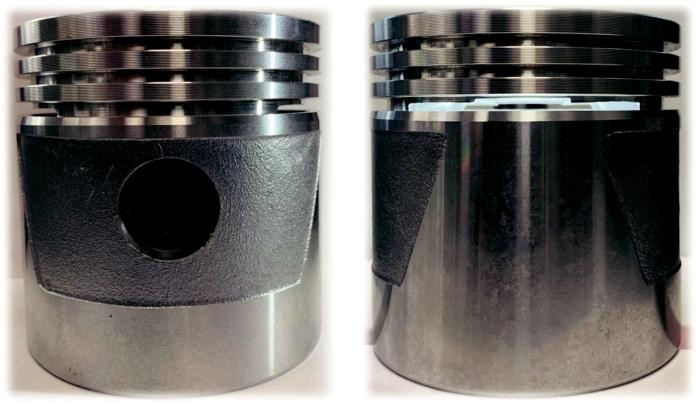It has been asked many times where to measure the true piston size when trying to determine true piston-to-wall clearances. Machine shops need to know this in order to be able to final hone to the clearances the engine builder desires. There have been many mistakes on how much actual clearance is truly needed and exactly how and where to measure the true sizes of pistons.
Piston manufacturers will usually design and develop their pistons from many factors such as application, type of usage, horsepower requirements, alloy desired, cast or forged, and while being able to design for their manufacturing capabilities. They can then determine the minimum clearance they would want to have their pistons ran. The type of design will determine how the skirt profile (top to bottom of skirt) and drop (contour around periphery of skirt) are to be defined. I will give examples of some basic profiles through the years for aluminum gasoline engines.
Many pistons were cam ground until the early 1980s. There were several cam profiles to choose from in order to find the desired contour wanted. The “C” (cloverleaf) design was needed in order to allow the area around the pin bosses not to be ground deeply as this would break down the grinding wheel at a fast rate. That would cause constant redressing of the wheel.
Read the full article below. By Russ Hayes



